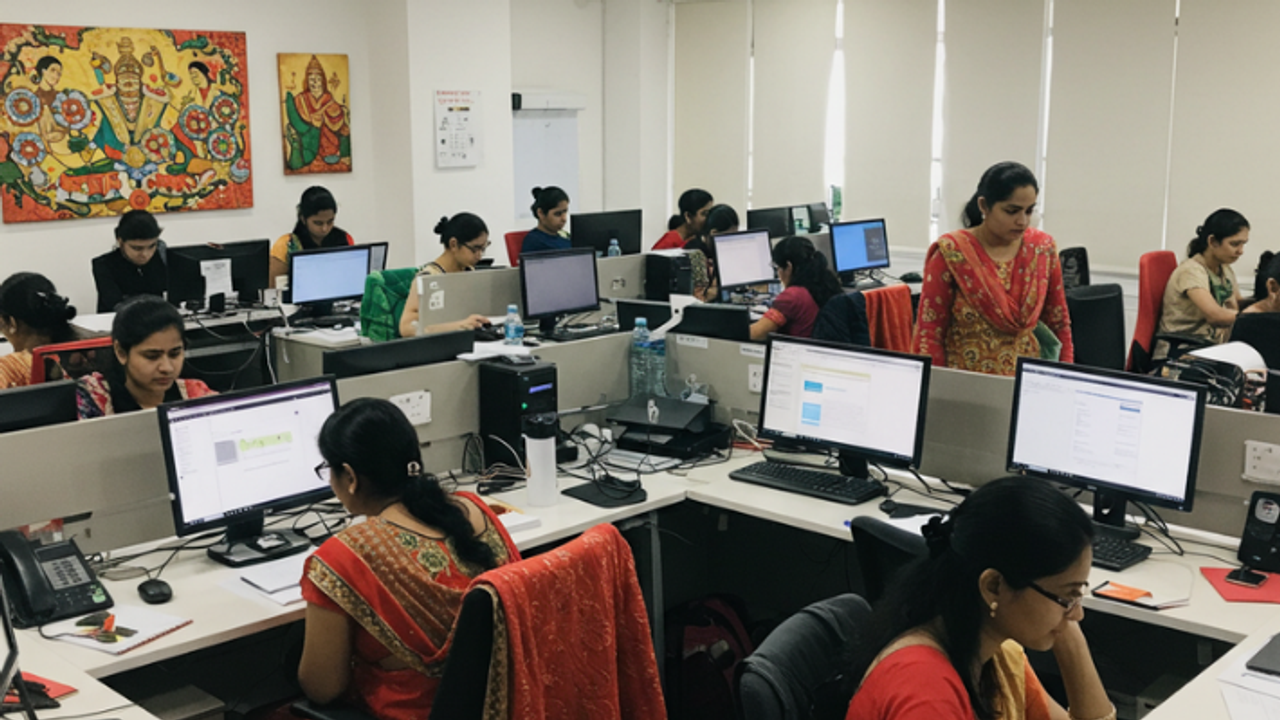China's job market faces significant challenges as tariff tensions with the US escalate, impacting factory jobs and increasing unemployment, especially among young graduates.
Discussions have resurfaced regarding the significant impact of Donald Trump's tariff policies on China's economy, particularly its job market, during his first term. Trump claimed a loss of 5 million jobs in China due to his tariffs. While these figures sparked debate among economists, they highlighted the importance of the job market for the export-dependent Chinese economy.

Four months into Trump's potential second term, the US and China are again facing the threat of a tariff war. This time, China's job market, especially factory jobs, has become the focal point of discussion. The economic downturn following the COVID-19 pandemic and the collapse of the real estate sector have significantly impacted the Chinese economy, further weakening its job market. With youth unemployment in double digits, the influx of new graduates into the job market exacerbates the crisis.
Worsening job situation
'The situation is clearly very bad,' commented Alicia Garcia-Herrero, chief economist for the Asia-Pacific region at investment bank Natixis. She pointed out that the importance of protecting 100 million jobs in China's manufacturing sector has increased as job opportunities in other sectors decline.
Recently, both countries agreed to temporarily reduce the heavy tariffs they had imposed on each other. This is part of an effort to avoid a full-blown trade war that could cripple both economies. However, if US tariffs remain at the current 30% or higher, China's exports to the US will be cut by half. This will lead to the loss of approximately 6 million jobs in the manufacturing sector. The report warns that if the trade war fully resumes, job losses could rise to 9 million.
Economic downturn and unemployment
China's economy is struggling to recover from the impact of COVID. While the Chinese government is targeting 5% growth this year, many economists predict that this target is unlikely to be met. In early 2018, China announced that urban unemployment had reached a 15-year low and that the country had created a record number of new jobs. Since then, however, government regulations in sectors such as technology and online education have crippled these sectors, which were creating new jobs.
In recent years, unemployment has risen sharply, especially among young people. The unemployment rate for those aged 16-24 was 15.8% in April. While this is an improvement over the previous month, it is expected to rise again as 12 million new college graduates enter the workforce this year. In 2023, the youth unemployment rate reached a record 21.3%. At that time, the Chinese government stopped releasing these figures. At the time, a leading economist claimed the real figure was closer to 50%.
Insecurity of the employed
The situation of those employed is not much better. Few companies offer full-time employment. Instead, they rely on gig workers for services such as food delivery and manufacturing. These jobs typically offer low wages, low job security, and few benefits.
US unable to push China
The US also faces some challenges. American industry relies heavily on rare earth metals and critical minerals, which are largely controlled by China. Stopping Chinese products would increase the likelihood of inflation and reduce product availability. According to official figures, in April, before the US and China agreed to temporarily halt tariffs, new export orders from China were at their lowest level since 2022. Even in a one-month period, high tariffs significantly affected employment.
Government interventions and future prospects
The government has prepared several measures to maintain job stability, especially for Chinese exporters. The Chinese government has made it clear that it will help companies retain their workers and encourage the unemployed to become entrepreneurs. Amid these concerns in the job market, the current tariff ceasefire has provided some relief. However, economists warn that the situation remains highly uncertain. The shrinking of job activity outside the manufacturing sector for more than two years is creating further concern for new graduates.


